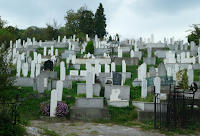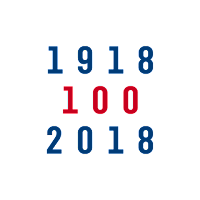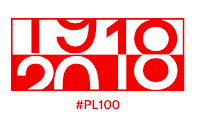 According to a report by the European Centre for Drugs and Drug Addiction, Czech youth are the biggest pot heads in Europe. Roughly 37% of 15-16 year olds have smoked marijuana at least once - the highest for the age group in Europe. For 15-34 year olds, 19,4% have smoked marijuana at least once in the past 12 months - 3rd place behind Italy and France.
According to a report by the European Centre for Drugs and Drug Addiction, Czech youth are the biggest pot heads in Europe. Roughly 37% of 15-16 year olds have smoked marijuana at least once - the highest for the age group in Europe. For 15-34 year olds, 19,4% have smoked marijuana at least once in the past 12 months - 3rd place behind Italy and France.The laws here are pretty liberal. Recreational use of marijuana is illegal but personal possession of small amounts is a non-criminal offence (misdemeanour). Since personal possession is a misdemeanour anyone charged with this doesn't get his or her name on a criminal record.
Medical marijuana has been legal in Czechland since 1 April 2013. It's imported from the Netherlands which means the prices are high because it is not covered by health insurance. Few pharmacies even have a supply on hand.
 It is a misdemeanour to posses the following:
It is a misdemeanour to posses the following:Up to 15 grams, or 5 plants, of marijuana
Up to 5 grams of hashish
Up to 40 pieces of magic mushrooms
Up to 5 tablets of LSD
Up to 4 tablets of ecstasy
Up to 2 grams of amphetamine
Up to 2 grams of methamphetamine
Up to 1,5 grams of heroin
Up to 1 gram of cocaine
Selling more than a small amount of marijuana is punishable by up to one year in jail and/or a fine up to 15.000 Kč (€550). For other drugs it is up to two years in jail plus a fine. There are stiffer sentences for production or trafficking.
After marijuana the most widespread drug is pervitin (meth). Apparently it is regularly smuggled from Czechland into Germany and Austria.
































































